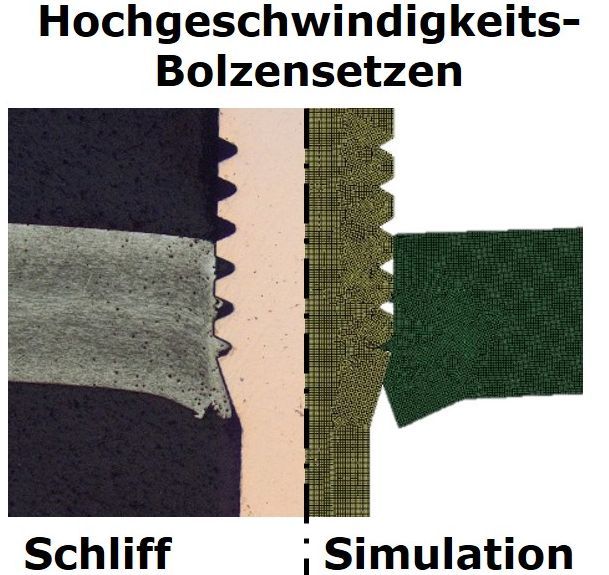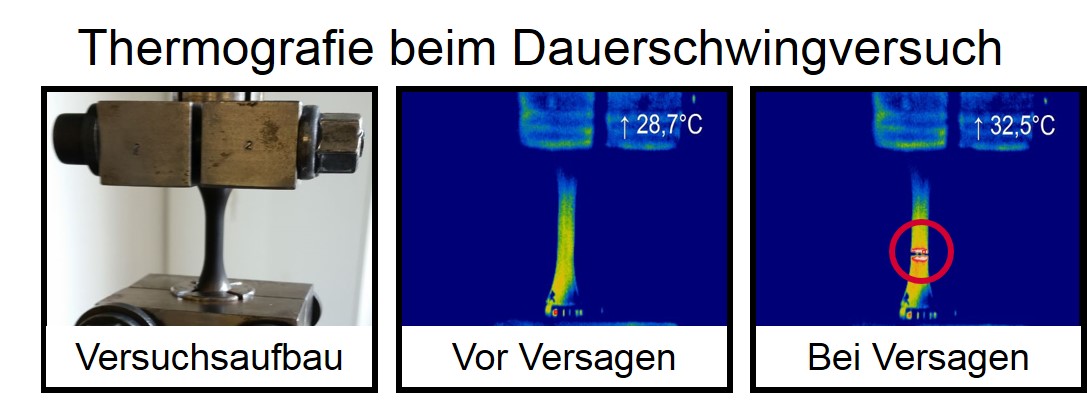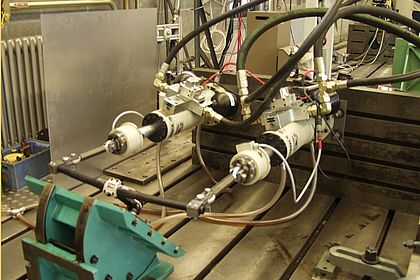Laboratory exercises and projects
Experimental and computational verification of fatigue strength
In the “Experimental and Computational Verification of Fatigue Strength” Laboratory, which accompanies the lectures on “Component safety and reliability”, you will perform several measurement trips with a racing bicycle equipped with instruments (strain gauges on fork, handlebars, saddle). The stresses occurring when the bicycle is being ridden are recorded and subsequently analysed with the measurement software. The findings gained then enable you to make a statement about the life or the service life of the bicycle.
Computational Life Time Assessment
In the modern world of engineering fatigue is a crucial factor, and therefore also the ability of its prediction. Although the experimental approach is commonly used, the more cost efficient approach of computational assessment is often used as part of a holistic solution.
Using the software “winLIFE” and the theories of “Nominal Stress Concept” and “Local Strain Concept” the life time of a steering link subjected to a dynamic load will be assessed. Different geometries of the link, as well as, different loading spectrums will be considered and optimized.
Component flow curve
A flow curve characterizes the mechanical behavior of a material. That is the relation between the applied load and the resultant deformation. This characterization defines the properties of a material both in the elastic and plastic areas, as well as, under static and dynamic loads.
In the “Component flow curve” lab we will produce the experimental flow curves of specimens with different geometries, and the relevant theories will be put to the test. For this aim we will apply strain gauges and load the specimens in a tensile machine, both statically and dynamically. The results will be used to determine the relevant properties of the material and to estimate the life-time of the tested component.
Production engineering
The large numbers of students taking the course has resulted in the laboratory experiments putting the focus on teaching the foundations of materials science and process technology so that the first-semester students all have the same level of knowledge. The contents of the experiments serve to provide them with a fundamental understanding of production technology.
Joining technology
Joining technology teaches the theory behind the joining of at least two objects which are to be joined together. The focus in the Materials and Joining Technology Laboratory (LFW) is on the joining of metal components. The laboratory exercise deals with the fundamental principles of positive-fit, frictional connection and bonding processes. A selection of spot and seam welded joints are used to introduce the students to some applications in automotive engineering and mechanical engineering, and also in precision engineering and electrical engineering, which go beyond the fundamentals, and their technical possibilities are illustrated.
Micro-structural transformation in arc welding
The heat input during welding leads to a localised heat-affected zone (HAZ) in the vicinity of the welding spot, which in turn results in a micro-structural transformation (heat treatment of the components). These changes to the micro-structure are usually undesirable, since they permanently change the mechanical and engineering characteristics of a component, among other things. The laboratory experiment shows the effects on the component on the one hand, and also points out suitable method parameters to improve the quality of the joint. Suitable calculation methods are presented to estimate the cooling times (t8/5 concept) for two and three-dimensional heat conduction and the micro-structural transformation resulting therefrom.
Non-destructive testing NDT
The task of NDT is to test components for damage and irregularities without inflicting more damage. NDT ranges from the simple visual inspection through to technically complex tests such as those using X-Rays. These are used in production to test the dimensional accuracy of components, for example, i. e. does the M10 bolt really have a diameter of 10 mm, or for failure analysis. Failure analysis investigates what has caused a component to fail.
In the laboratory exercise, the students themselves perform one method of radiographic examination, one method of magnetic flux testing and one method of visual inspection. The students learn which possible mistakes can be made when using them and what the possibilities and limits of the methods are. After the laboratory exercise, the task is then to attribute the defects detected to a possible cause of the defect.

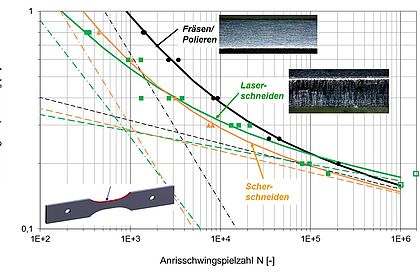
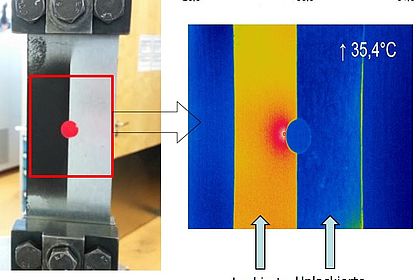
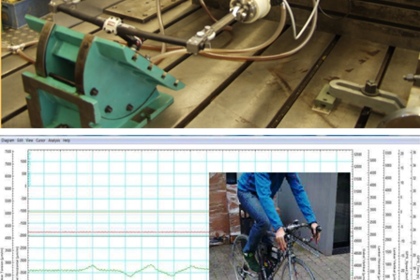
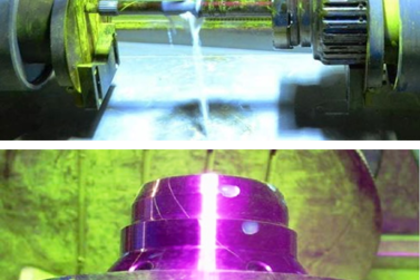
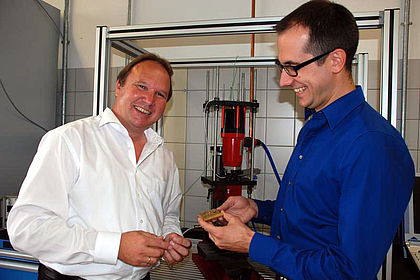
![[Translate to Englisch:] Forschungsprojekt: Hochgeschwindigkeits-Bolzensetzen (Nageln) in der Elektrotechnik, Foto: Fakultät Fahrzeugtechnik/ LFW [Translate to Englisch:] Forschungsprojekt: Hochgeschwindigkeits-Bolzensetzen (Nageln) in der Elektrotechnik, Foto: Fakultät Fahrzeugtechnik/ LFW](/fileadmin/media/Fakultaeten/mt/Labor_LW/LFW_Forschung-5-ImpAcT.jpg)
